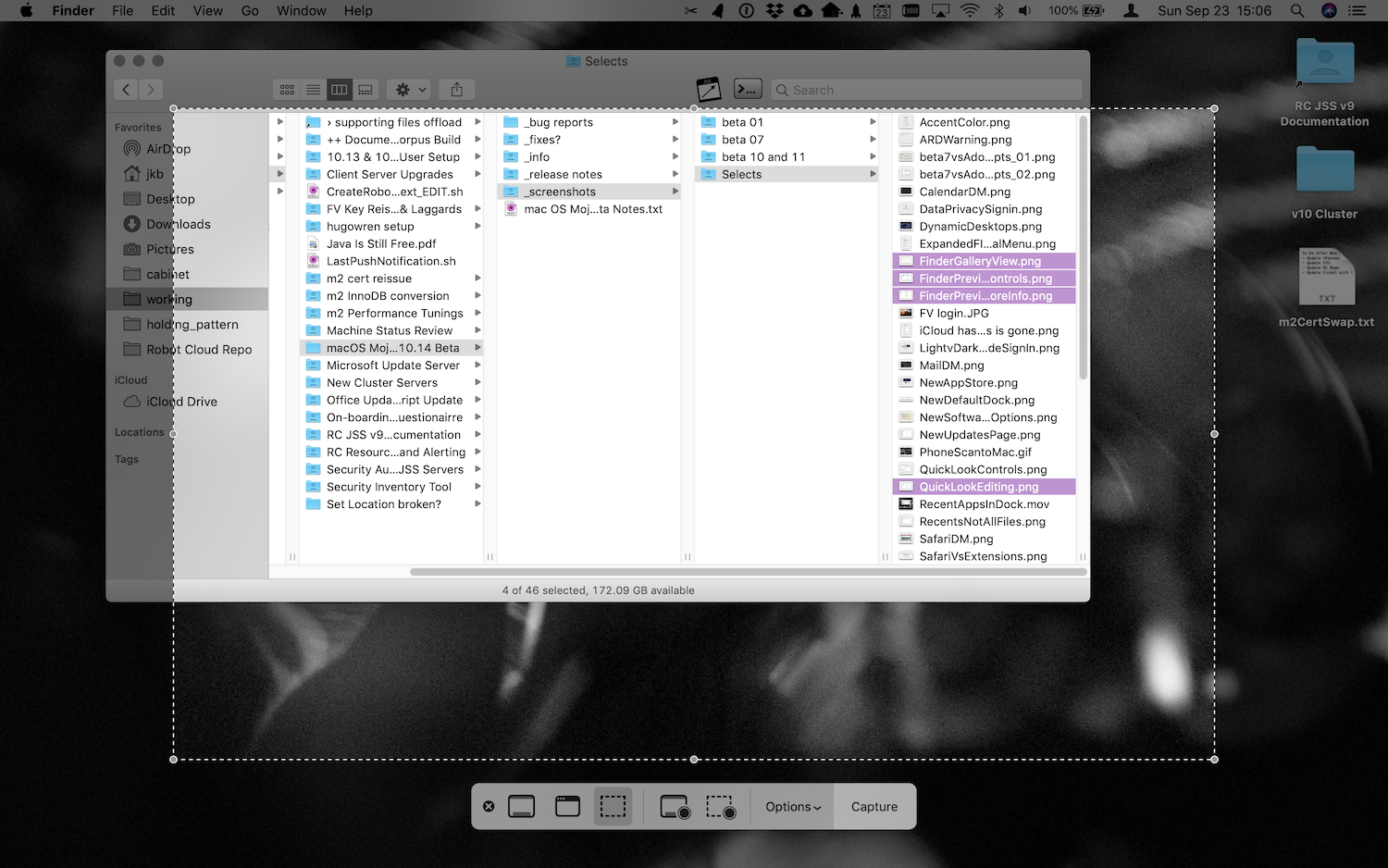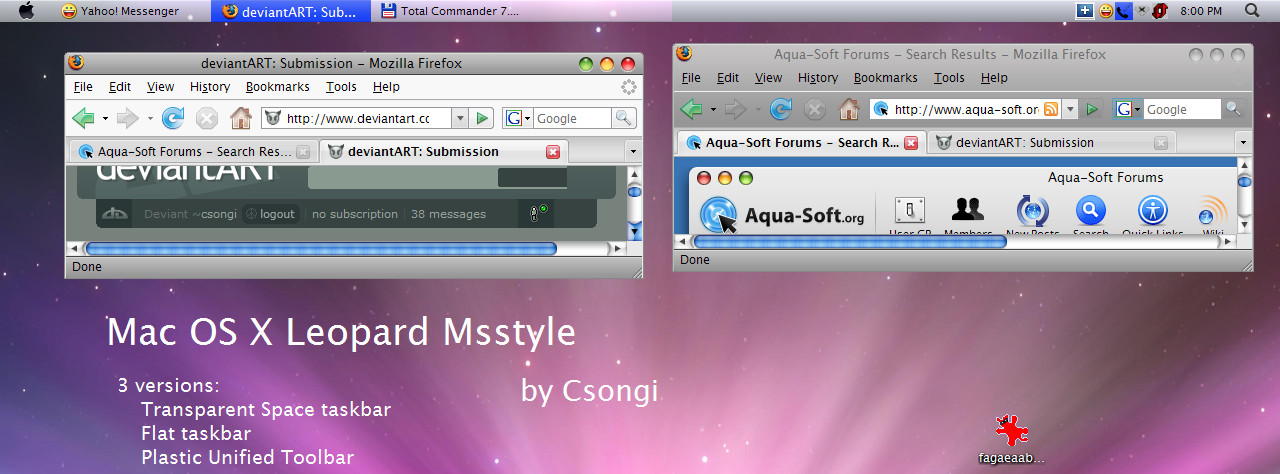How to get updates for macOS Mojave or later
- Mac OS X Tiger is now available. Find out more on Apple's Web site. Adobe software and Mac OS X v.10.4 (Tiger) Adobe software got its start on the Macintosh computer. Today, millions of creative customers around the world rely on Adobe and Apple. Since the introduction of Mac OS X in May 2001, Adobe has delivered more flagship applications on.
- VueScan is the easiest way to get your scanner working on macOS Catalina, Windows 10 and more. VueScan includes a driver for your scanner even though it isn't support anymore.
If you've upgraded to macOS Mojave or later, follow these steps to keep it up to date:
Disk Drill: The best data recovery software for Mac OS X. Recover deleted or lost data from any storage device, iOS and Android.
- Choose System Preferences from the Apple menu , then click Software Update to check for updates.
- If any updates are available, click the Update Now button to install them. Or click ”More info” to see details about each update and select specific updates to install.
- When Software Update says that your Mac is up to date, the installed version of macOS and all of its apps are also up to date. That includes Safari, iTunes, Books, Messages, Mail, Calendar, Photos, and FaceTime.
To find updates for iMovie, Garageband, Pages, Numbers, Keynote, and other apps that were downloaded separately from the App Store, open the App Store on your Mac, then click the Updates tab.

To automatically install macOS updates in the future, including apps that were downloaded separately from the App Store, select ”Automatically keep my Mac up to date.” Your Mac will notify you when updates require it to restart, so you can always choose to install those later.
How to get updates for earlier macOS versions
If you're using an earlier macOS, such as macOS High Sierra, Sierra, El Capitan, or earlier,* follow these steps to keep it up to date:
- Open the App Store app on your Mac.
- Click Updates in the App Store toolbar.
- Use the Update buttons to download and install any updates listed.
- When the App Store shows no more updates, the installed version of macOS and all of its apps are up to date. That includes Safari, iTunes, iBooks, Messages, Mail, Calendar, Photos, and FaceTime. Later versions may be available by upgrading your macOS.
To automatically download updates in the future, choose Apple menu > System Preferences, click App Store, then select ”Download newly available updates in the background.” Your Mac will notify you when updates are ready to install.
The app integrates with iCloud which helps user to organize files in a more effective way. One of the best thing about this update was that users can seamlessly send and receive attachments up to 5 GB in size via iCloud, that is much more than the average limit.  Apple brought improvements to a number of core OS X apps in Yosemite, which made the application interface better. Yosemite received positive reviews, with users praising the simplified user interface. Yosemite was mainly praised for its design but there were some WiFi connectivity issues and the continuity was not reliable.Another notable bug experienced on Yosemite was the ‘unicode of death’ problem, that is, using a meaningless Arabic word the application could crash.
Apple brought improvements to a number of core OS X apps in Yosemite, which made the application interface better. Yosemite received positive reviews, with users praising the simplified user interface. Yosemite was mainly praised for its design but there were some WiFi connectivity issues and the continuity was not reliable.Another notable bug experienced on Yosemite was the ‘unicode of death’ problem, that is, using a meaningless Arabic word the application could crash.

Software For Mac Os X 10.6.8
* If you're using OS X Lion or Snow Leopard, get OS X updates by choosing Apple menu > Software Update.

Mac Os X Iso

How to get updates for iOS
Soft For Mac Os X 10.10
Learn how to update your iPhone, iPad, or iPod touch to the latest version of iOS.
Apple Mac Os X
Learn more
- Learn how to upgrade to the latest version of macOS.
- Find out which macOS your Mac is using.
- You can redownload apps that you previously downloaded from the App Store.
- Your Mac doesn't automatically download large updates when it's using a Personal Hotspot.
